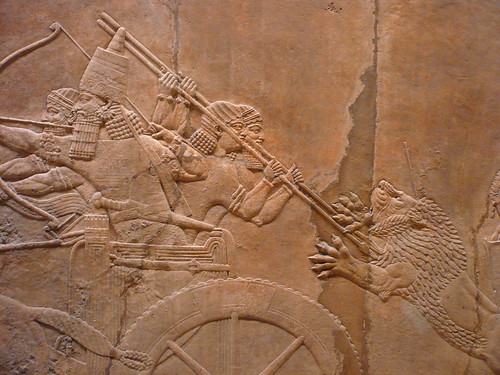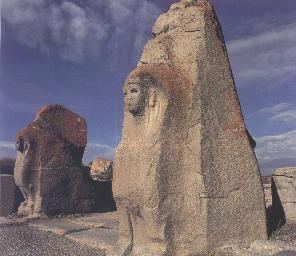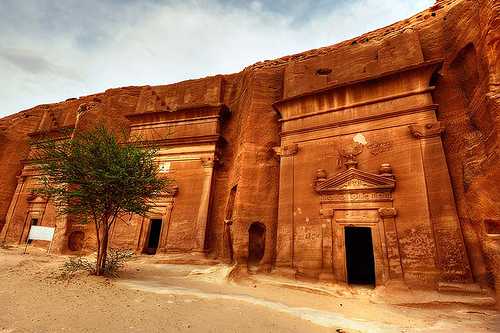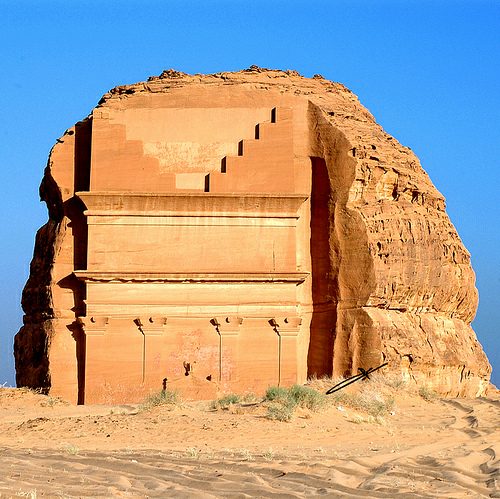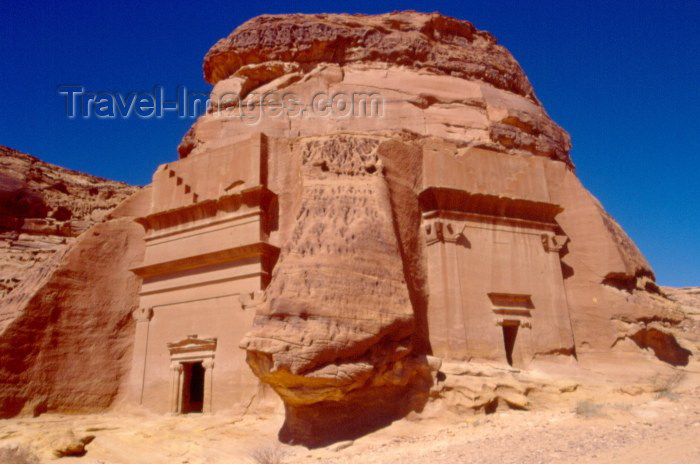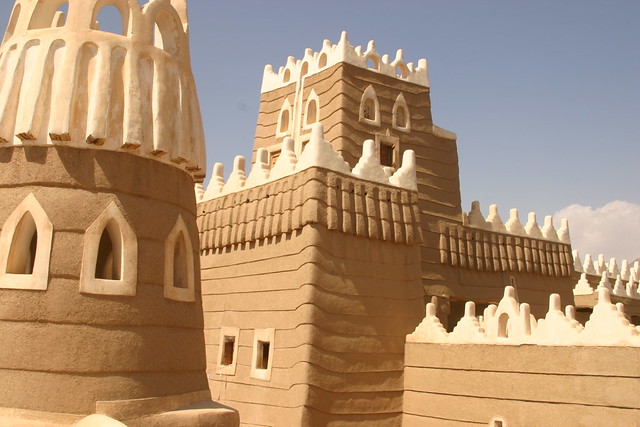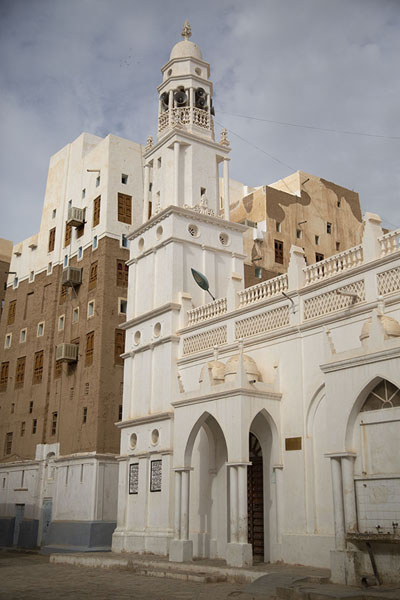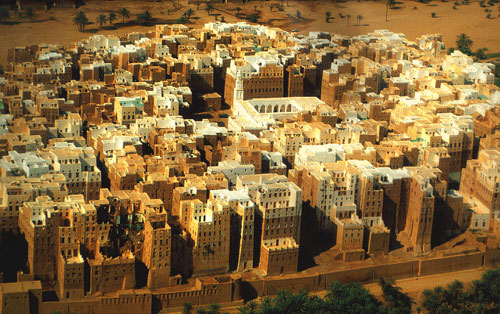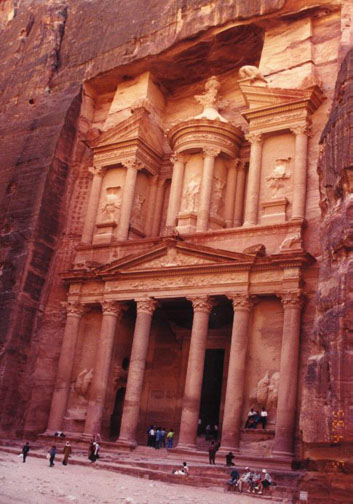1.THE BRICK -------- 6000 B.C.
Firstly,Aryans only Arrived on the Iranian Plateau in 1300 b.C ,and there have been bircks foudn dating to 10,000 Years old,The first sun-dried bricks were made in Mesopotamia (what is now Iraq), in the ancient city of UR in about 4000 BC, although the arch used for drying the bricks was not actually found.
They were also found in The Indus Valley civilization,but thsi only Dates From 3000 B.C.so the Suemrians had amde it Earlier.
persians only became a nation in 575 B.C and to say this sa PErsian Invention is False.
2.THE WINE ---------- 5400 B.C., Invention of Wine. Discovery made by University of Pennsylvania excavations at Hajji Firuz Tepe in northwestern Iran.
A 2003 report by archaeologists indicates a possibility that grapes were used together with rice to produce mixed fermented beverages in China in the early years of 7000 BC. Pottery jars from the Neolithic site of Jiahu, Henan were found to contain traces of tartaric acid and other organic compounds commonly found in wine. However, other fruits indigenous to the region, such as hawthorn, could not be ruled out.
Though it is True The Earliest Tracw of wine as we know ti Today coems From northwestern irana dn Georgia,The Iranian people Themselves were nto even in North western iran and it was Ihabited by the Shulaveri-Shomu culture .wetehr they were a Proto/Georgian people or anatolian people,i dotn Know,because Proto/Georgian Triebs only ar mentioend in 1200 B.C.
in anycase it wouldnt have anything to do with Iranians!
GRAPE
actually,this is dishonesty at its Best,The Domestication of Grapes Happened in southern Turkey.
THE GUITAR ---------- 5000 B.C. , Gui means three in old persian and Tar means rope, guitar had three ropes at the beginning and changed with time
Actually the guitar came From the Akkadian Rubaba.and Persians idnt Exist in 5000 B.C
the Greeks took the name for guitar rom the PErsians whom they ahd Gotoen it From and thats why it ahs a PErsian name,Not ebcause the PErsians Invented it.
FIRST PEARLS
Pearl oysters were gathered by ancient Sumerians along the Persian Gulf, as far back as 4000 years. and this wqs done in Variouis Parts of The world,PErsians didnt coem to Iran until 575 B.C,mabe the PRopogandists Confused the Persian Gulf,From wich the sumerians fathered their PEarls to Be Iran and therefore PErsians.
THE WATER BED -------- 3600 B.C. , made of sheep's skin
Actually it Was The Babylonians who Created the first WaterBed.the PErsians shoudl Really look at Dates.anything before 575 B.C was not made by PErsians!
SANDALS--------- 3000 B.C.
Sandalias del Neolítico de Albuñol
Esparto sandals from the 6th or 5th millennium BC found in Spain.
BOOTS --------- 3000 B.C.
Spanish cave drawings from more than 15,000 years ago show humans with animal skins or furs wrapped around their feet.Furthermroe Iranians didtn Exist at this time PEriod.and maybe i am Wrong,but ddnt the Eskimo people have Boots when Iranains were Still Roaming the Plains
ART OF MINIATURE----------- 2600 B.C.
Firstly Iran9ans ddint exist´´2600 B.C´´Secondly Lets See some Early miniatures±
2060 B.C.E.
The earliest known example of miniature writing appears on a Sumerian cuneiform clay tablet measuring 1 5/16 inches by 1 5/8 inches. (Courtesy of The Lilly Library, Indiana University, Bloomington, Indiana -i Think the Iranains gto Confused with 2060 B.C and 2600 B.C.
CHARIOT ----------- 2000 B.C.
The animal-drawn wheeled vehicle probably originated in Mesopotamia about 3000 BCE. The earliest depiction of vehicles in the context of warfare is on the Standard of Ur in southern Mesopotamia, ca. 2500 BCE. These are more properly called wagons or carts, still double-axled and pulled by oxen or tamed asses before the introduction of horses ca. 2000 BCE. Although sometimes carrying a spearman along with the charioteer (driver), such heavy proto-chariots, borne on solid wooden wheels and covered with skins, may have been part of the baggage train (e.g., during royal funeral processions) rather than vehicles of battle in themselves[citation needed]. The Sumerians had also a lighter, two-wheeled type of cart, pulled by four asses, but still with solid wheels. The spoked wheel did not appear in Mesopotamia until the mid-2000s BCE.
and it was the Hittites)1800 B.C'that Invented Chariot Warfare.
BACKGAMMON ------- 1400 B.C., found in the Sistan-e-Baloutchestan region
yes lst read thw WHOLE PAGE in context
Excavations at Shahr-e Sokhteh (Persian شهر سوخته , literally "The Burnt City") in Iran have shown that a similar game existed there around 3000 BC. The artifacts include two dice and 60 checkers, and the set is believed to be 100 to 200 years older than the sets found in Ur, and on the board found at Shahr-e Sokhteh the fields are fashioned by the coils of a snake.
No Mention of Iranians or Persians!
also according to http://www.historyworld.net/wrldhis/PlainTextHistories.asp?historyid=ac02 it was created in UR as Early as 2000 B.C
FIRST AGRICULTURE SYSTEM ------- 1000 B.C., the Qanat
a recently discovered falaj system in al-Ain, UAE, dates to 1000 BC, and another in Umm Safah, Sharja dates to the Iron Age ,Iranians did not make these Systems it was most Likely the elamites.
DOMESTICATION OF GOAT
The most recent genetic analysis[6] confirms the archaeological evidence that the Anatolian Zagros are the likely origin of almost all domestic goats today. Another major genetic source of modern goats is the Bezoar goat; distributed from the mountainous regions of Asia Minor across the Middle East to Sind.[5]
Neolithic farmers began to keep them for easy access to milk and meat, primarily, also for their dung, which was used as fuel and their bones, hair, and sinew for clothing, building, and tools.[1] The earliest remnants of domesticated goats dating 10,000 years before present are found in Ganj Dareh in Iranian Kurdistan. Goat remains have been found at archaeological sites in Jericho, Choga, Mami, Djeitun and Cayonu; dating the domestication of goats in western Asia at between 8000 and 9000 years ago.[5] Domestic goats were generally kept in herds that wandered on hills or other grazing areas, often tended by goatherds who were frequently children or adolescents, similar to the more widely known shepherd. These methods of herding are still used today.
The Kurds did not even exist during thsi PEriod,LEt alone were they in the Zagros mountains.
Rescue of the Jews in Captivity in Babylone ----- 576 B.C. ; Cyrus saved them
He Also Buried people up to their necks in the Sand if they dint pay him Taxes.
HUMAN RIGHTS -------- 576 B.C. , cylinder of Cyrus the Great
Actually ´´Human rights´´are not mentioned in the Cyrus Cylinder,and many historians now regard it as a Hoax.plz see my Article on the Matter.
PROTOCOL AND ETIQUETTE--------- rules of respect, of cultured civilization, of order and harmony of everyday life.
A philosopher named Ptah-Hotep, wrote the first book of etiquette during the Fifth Egyptian Dynasty, between 3580 B.C. to 3536 B.C. . The Instruction of Ptah-Hotep is the most ancient complete literary work existing.
In this papyrus book, Ptah-Hotep sets down the rules of behavior that all wise men should convey to their sons.
CRUCIFIXION --------- practiced at first in Persia
The earliest reference to crucifixion by impalement is found in the Code of Hammurabi (c. 1700 BCE). It says:
With reference to the Code of Hammurabi, Ford considered this as the first documented instance of the crucifixion of women in antiquity. He said,153. If a seignoir's wife has brought about the death of her husband because of another man, they shall impale that woman on stakes.(T. J. Meek, "The Code Of Hammurabi" in J. B. Pritchard (Ed.), The Ancient Near East: An Anthology Of Texts And Pictures, 1958, Princeton University Press: Princeton (NJ), p. 155. ')
Also the Eighteenth dynasty of Egypt and the Thirteenth dynasty Show ImpalementCrucifixion (impalement) is found in the Code of Hammurabi. The punishment for breaking through a wall in a house was death followed by impalement. Impalement after death reflects the crime; he pierced the wall, so his body is pierced. But another, even grosser punishment is inflicted upon an adulterous woman who instigated the death of her husband for the sake of her lover. In Code of Hammurabi, 153 we read: “If a woman has procured the death of her husband on account of another man, they shall impale that woman.”[
See:
A. Scharff, "Ein Rechnungsbuch des Königlichen Hofes Aus Der 13. Dynastie (Papyrus Boulaq Nr. 18)", Zeitschrift Für Ägyptische Sprache Und Altertumskunde, 1922, Volume 57, pp. 51-68.
and H. S. Smith, The Fortress Of Buhen: The Inscriptions, 1976, Forty Eighth Excavation Memoir, Egyptian Exploration Society: London (UK), pp. 125-127 and Plate 29.)
TROUSERS---------- first trousers were worn in the Achemenid period
There is some evidence, from figurative art, of trousers being worn in the Upper Paleolithic. An example are the figurines found at the Siberian sites of Mal'ta and Buret'(Sarah M. Nelson, Gender in archaeology: analyzing power and prestige, Volume 9 of Gender and archaeology series, Rowman Altamira, 2004, ISBN 9780759104969, p. 85.)
POLICE--------- first inspectors were "the Eye of The KING" created by Cyrus
Law enforcement in Ancient China was carried out by "prefects". The notion of a "prefect" in China has existed for thousands of years. The prefecture system developed in both the Chu(1030 B.C)and Jin (1100 B.C)kingdoms of the Spring and Autumn period. In Jin, dozens of prefects were spread across the state, each having limited authority and employment period.
FINAL CONSTRUCTION OF THE SUEZ CANAL ----- finished by Cyrus the Great
it was the Pharoahs of egypt who stated o hte suez Canal,Darius did try to to fix it and so did others,Even if Cyrus did Reconstruct the Dam it was Most likely by Assyrian Architects and Not Persians,sicne Persians were Just a Tribe.
POSTAL SERVICE ------ by Cyrus the Great
The first Courier system originated in Egypt,But Other sources claim much earlier dates then that of Cyrus and Darius for an Assyrian postal system, with credit given to Hammurabi (1700 BC) and Sargon II (722 BC).
STATE AND REGIONS (for example in USA you've got a country and under it, you've got states) -------------- created by Cyrus the Great (Satrap and Satrapies)
Iran Was The First Real Empire (organized, etc...)
This si so dishonest,The Ancient Assyrians had ´´states´´and dsitricts.and the Akkadian Empire was the first Real empire.
GLOVES AND MITTENS---------- known that it was a greek invention but before the date people say greeks created it, Xenophon already talked about the fact that persians wore mittens.
First gloves were found in Egyptian pyramids. Primarily the gloves were available in the shape of bags, without finger holes and only in a while something like mittens was created. Egyptian women protected their hands during work and meals.
REFRIGERATOR--------- 400 B.C. , a huge room called YAKCHAL
ICE CREAM ------- 400 B.C.
Even though ice cream itself leaves no visible mark in ancient history, items and buildings used for its creation can. Icehouses are for instance known to have existed as early as 2,000 years B.C. in Mesopotamia. Wealthy Mesopotamians had them built along the River Euphrates and used them to store food. We also know from historical sources that several Egyptian pharaohs ordered ice to be shipped to them in the hot and sunny regions in which they lived.
Once of the earliest known instances of true sorbet - not only ice and ice houses - are the honey and fruit flavoured snow cones that you could buy in Athenian markets during the 5th century BC. Later on, the Romans adopted a lot of Greek traditions, ice cream eating included. The Roman emperor Nero who reigned from 54 to 68 AD did for instance have ice transported to Rome from the mountains and mixed with fruit and toppings.
In 400 B.C. the Persians invented a cool pudding made from vermicelli and rosewater.
These were all ´´Precursors´´to Ice Cream,Ice Cream is From the 1800´s Secondly:
The Arabs play an important role in the history of ice cream since they began using sugar and syrup instead of honey. In the 10th century B.C., sweet ice cream flavoured with fruits and nuts could be purchased in all major Arab cities. The Arabs also began adding milk to the ice-cream, making it more similar to the type of diary based ice-cream that is most widespread today.
CHINA:
cream, but the first type of Chinese ice cream is believed to have been flavoured with sugar and sold during the warm summer season. Most historians agree that the upper class enjoyed ice-creamed flavoured with fruit juices during the Song Dynasty (960-1279 B.C.) According to "History of food" by Toussaint-Samat the Chinese may even have created a special ice-cream creation method earlier than the Song Dynasty. This method involved pouring snow and saltpetre over containers filled with syrup. Salt will lower the freezing point of water to subzero. Diary products are still rare in Chinese food, but according to legend Mongols introduced the custom of drinking milk to the Chinese during the Yuan Dynasty and this eventually led to the invention of milky ice-cream.
FIRST TEACHING HOSPITAL ------ 271 B.C., intellectual center where you learnt philosophy , medicine, theology, science.
Th Acadamey of gundashipur was inhabited By Nestorian Scientists and Indian and Chinese who had Transltaed the works fro Persians.IT Should also BE Noted hospitals were widepread in Ancient Egypt.
BATTERY (PILL) ------- 250 B.C. , found in Iran , created under the Parth Dinasty
it was actualy found in Baghdad,and it was speculated to coem from the Parthian PEriod.However, according to Dr St John Simpson of the Near Eastern department of the British Museum, their original excavation and context were not well recorded (see stratigraphy), so evidence for this date range is very weak. Furthermore, the style of the pottery (see typology) is Sassanid (224-640).[3]
Most of the components of the objects are not particularly amenable to advanced dating methods. The ceramic pots could be analysed by thermoluminescence dating, but this has apparently not yet been done; in any case, it would only date the firing of the pots, which is not necessarily the same as when the complete artifact was assembled. Another possibility would be ion diffusion analysis, which could indicate how long the objects were buried.
Second the sumerians most likely had a Battery,
´´
"Although this collection of objects is usually dated as Parthian, the grounds for this are unclear," says Dr St John Simpson, also from the department of the ancient Near East at the British Museum.
The PArthiasn were Great Warriors but were not known for theyre Scientifcal Achievements.
copper vases plated with silver in the Baghdad Museum, wereexcavated from Sumerian sites in southern Iraq, dating back to at least 2500 BCE. When the vases were lightly tapped, a blue patina or film separated from the surface, which is characteristic of silver electroplated onto copper base. It would appear then that the Parthians inherited their batteries from one of the earliest known civilizations.
Oldest Ancestor of THE PIANO ------ 266 B.C., called tympanon (santur)
Santur is taken from the Nabur a akkadian Invention
The Three Kings (bible)-------- zoroastrians so iranians.. gone rom Kachan
This is a Myth




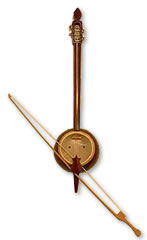















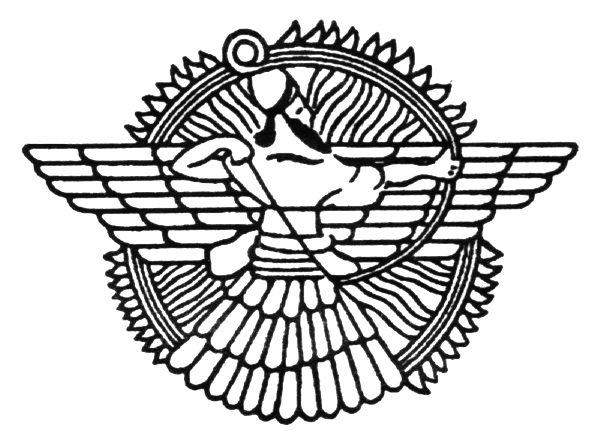





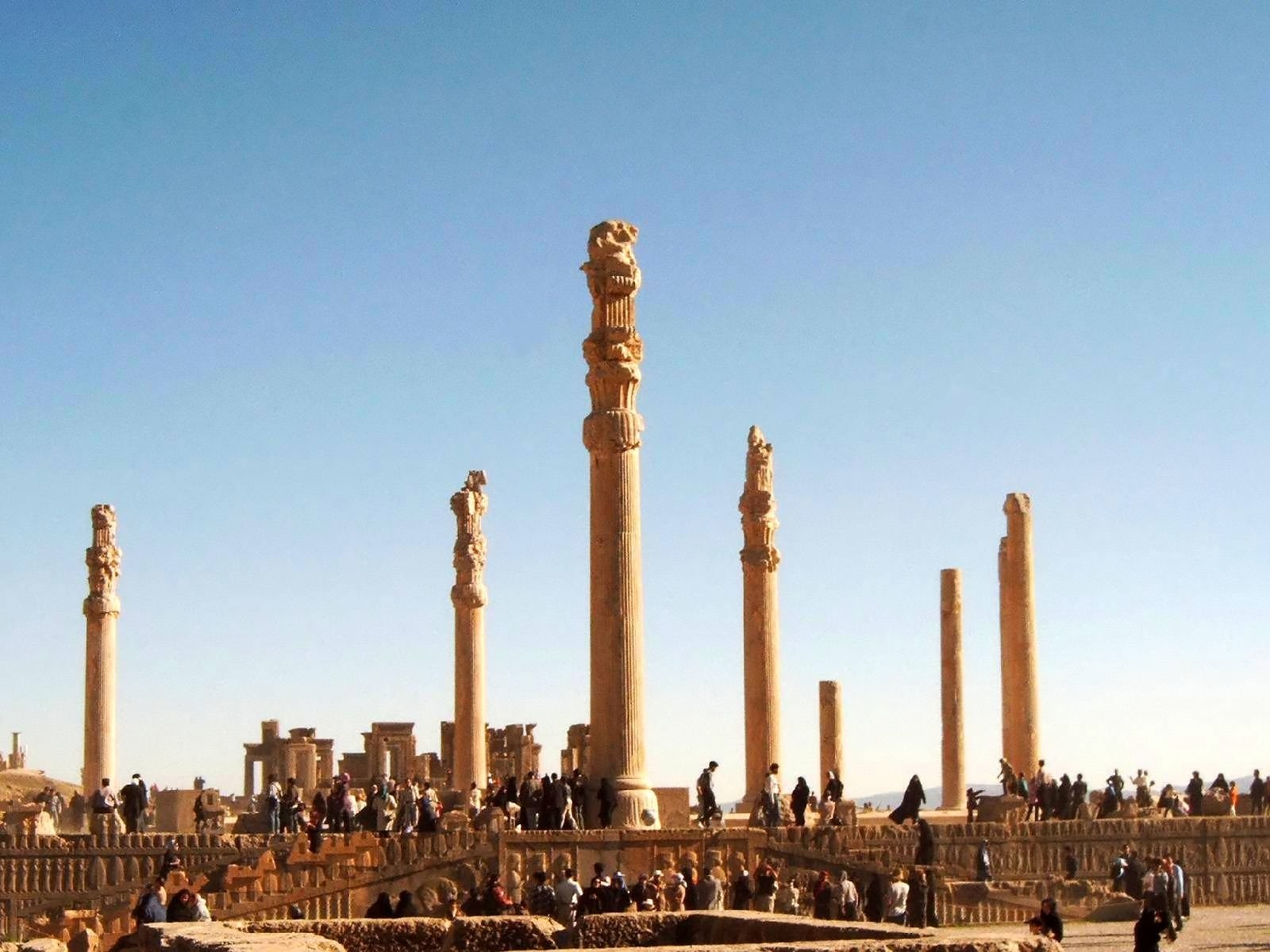


.jpg)







